Ai Weiwei – Forced To Say Something
Ai Weiwei is easily one of China’s most well-known and controversial figures. Currently on a North American tour and making its only stop in Canada at the AGO, “Ai Weiwei: According to What?” showcases a spectrum of work by the Chinese dissident, exemplifying why he’s so prolific and provocative, and considered one of the most significant contemporary artists at work in the world today. Many know him from his outspoken political activism, such as in his work Dropping a Han Dynasty Urn, a statement both championing freedom and challenging the system, and presence on social media, most famously for the “Gangnam Style” parody video he made last year. This is the first time that a large-scale survey of his artwork has been seen in Canada.
When I first started working on this exhibition I realized how little I really knew about China. As an interpretive planner at the AGO, my job is to create strategies that enrich the visitors’ experience of our exhibitions. I always begin with articulating the big idea and the contemporary relevance of the art, and then I consider a range of ways of engaging our audiences. As well as reading and researching, I talked to various experts in Toronto to begin to understand the history of China and the contemporary and political climate that is reflected in Ai’s artwork. Ai is a passionate advocate for freedom of expression. This show features more than 35 pieces of his art, many of them immense in size and scale. While some, like the poetic Moon Chest, are purely esthetic, others, like Straight, embody his blunt and politically provocative nature. Made up of 38 tons of salvaged steel rebar, Straight is a memoriam to the more than 5,000 schoolchildren who died in the 2008 Sichuan earthquake when their poorly built schools collapsed. Ai’s observations of these schools’ shoddy construction made him more outspoken in his criticism of the Chinese government. Since then his activism and artwork have led to his arrest and the confiscation of his passport. He is currently not allowed to travel outside China and lives under surveillance in his Beijing studio.
In addition to creating sculptures and installations, Ai is known for his work on film, including his 2012 documentary Ping’an Yueqing, an investigation of the mysterious death of a dissident in a Chinese village. He’s also the subject of the 2012 documentary Ai Weiwei: Never Sorry. In partnering with PEN Canada, a freedom of expression organization, I was able to meet and talk with exiled Chinese author Sheng Xue and create an interactive forum in the exhibition so that visitors can film their responses to the exhibition. As Ai says, “We have to give our opinion, we have to say something, or we are a part of it. As an artist I am forced to say something.” I hope this exhibition will be as thought-provoking and mind-opening for visitors as it is for me.
GILLIAN McINTYRE
GUEST ART EDITOR
Gillian McIntyre is an interpretive planner at the Art Gallery of Ontario. Originally from London, England, she is the former director of the Oakville Arts Council.
“Ai Weiwei: According to What?” runs until October 27 at the AGO.
www.ago.net









































































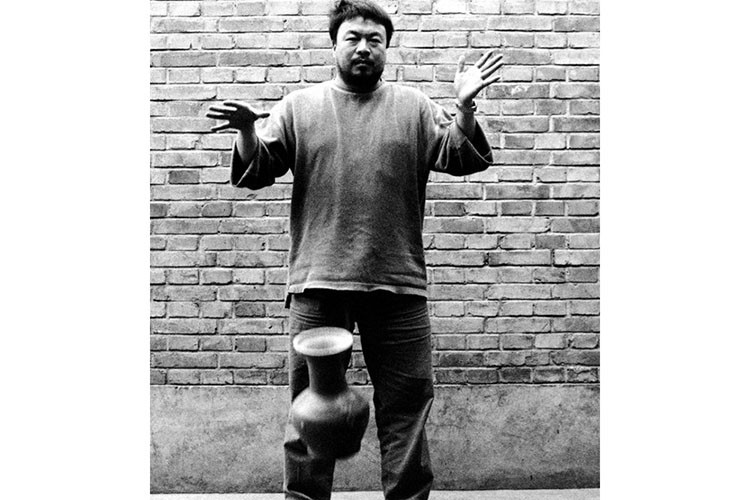
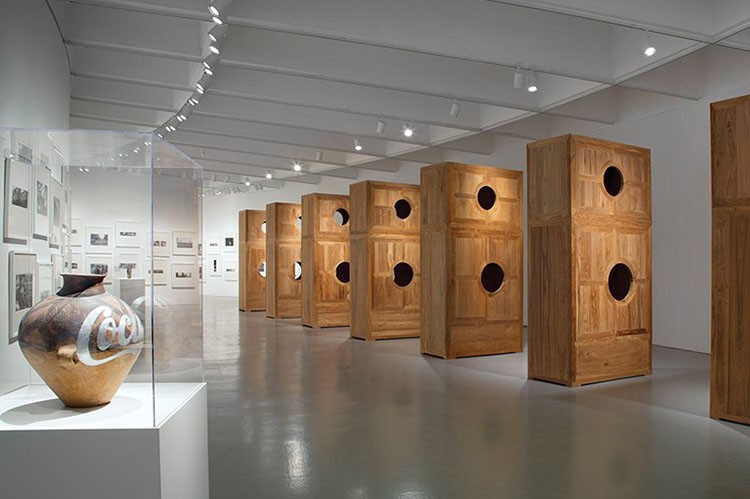
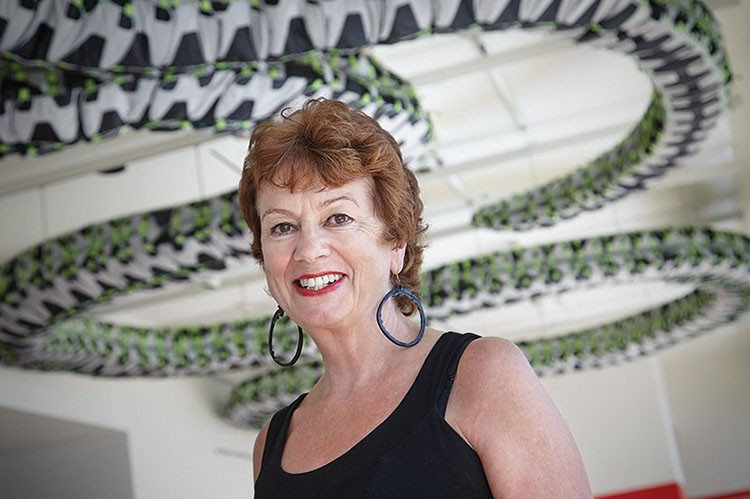
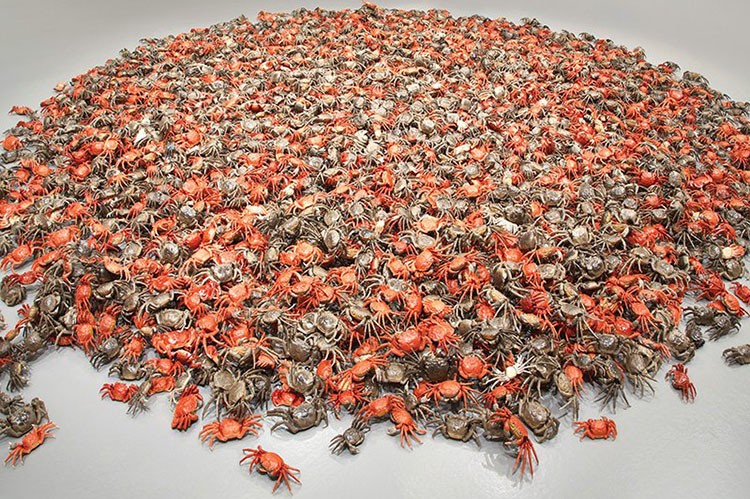
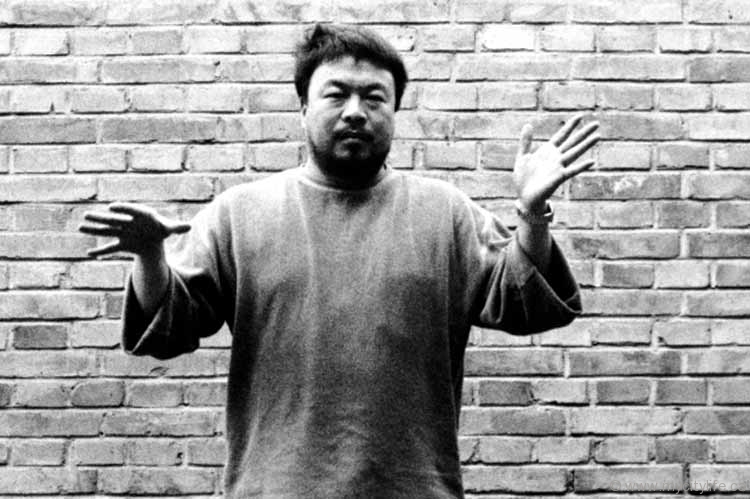



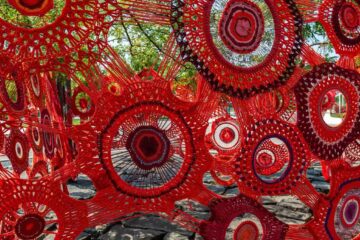
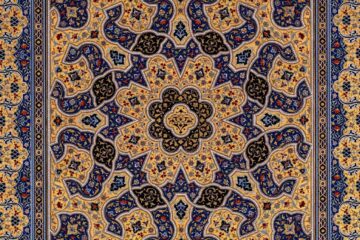

No Comment